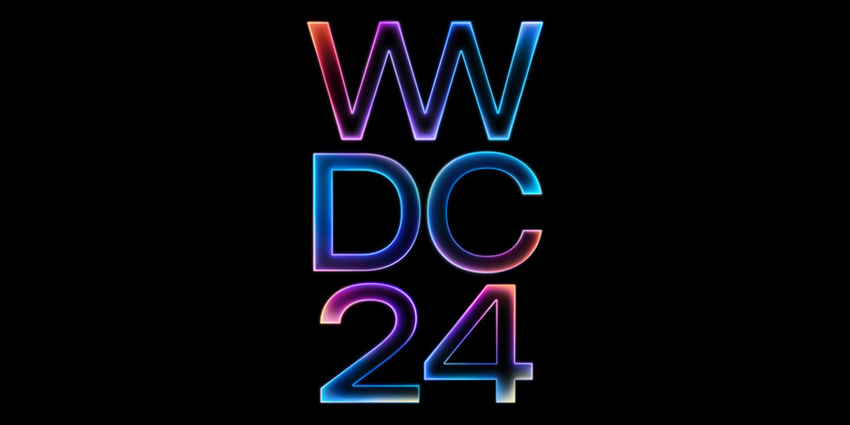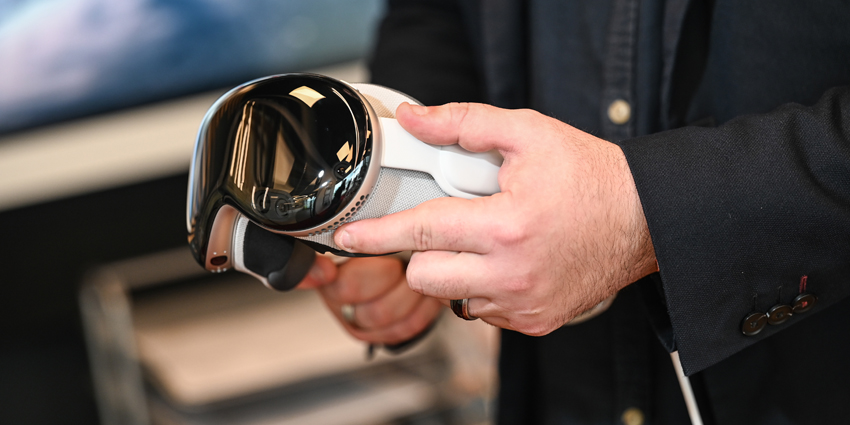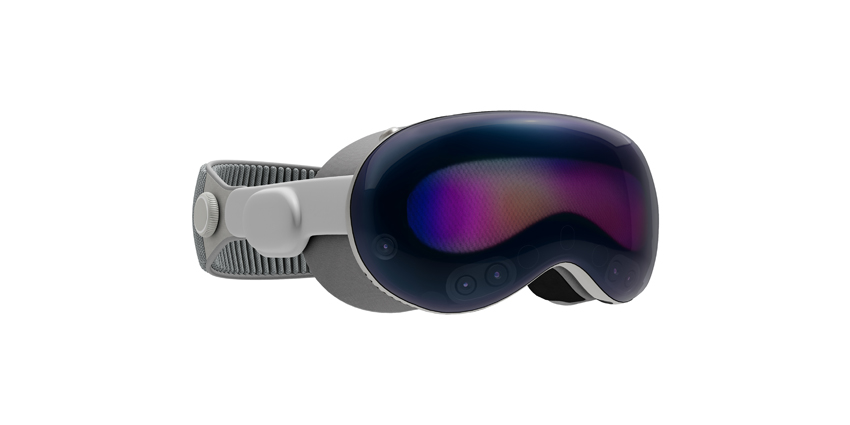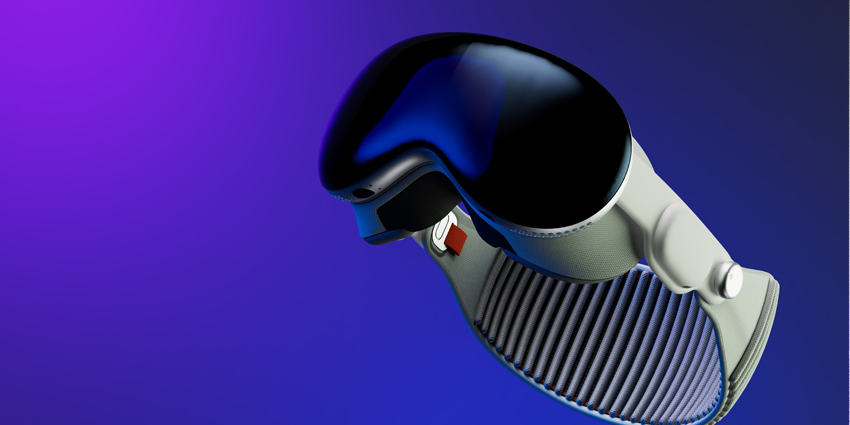Today, SyncReality, providers of XR design tools, announced a new application ready for Apple Vision Pro and Meta Quest 3 devices ahead of each product’s release.
SyncReality’s AR-powered consumer application, Home Design, gives soon-to-be Vision Pro and Quest 3 users access to tools for placing RT3D AR items on top of their real-life homes.
The application augments a headset’s environment by allowing operators to customize it with various creative assets. Once a user completes their customization, they can invite friends to view a design by sending them a room scan a peer can place on their personal space.
SyncReality’s broader product portfolio represents a collection of XR toolsets to suit various end-user use cases, and by placing a version of its toolkit on the upcoming headsets early, the firm could put itself ahead of the herd.
The tool’s debut could lay a technology foundation for spatial experiences on the platforms; Cyril Tuschi, the Founder of SyncReality, said that “without SyncReality, people won’t be able to create meaningful spatial experiences for the Apple Vision Pro.”
SyncReality Home Design will soon debut on Apple’s Vision Pro headset and will be compatible with iPhones and iPads. The accompanying application will allow users to buy items to place in their augmented SyncReality Home Design spatial environment. Moreover, the firm notes that users may be able to sell their creations to “participating design companies.”
In the future SyncReality will announce further applications, including LEARN, for educational and training use cases.
The Home Design application also introduces the SyncReality Software Suite to the upcoming devices, again laying a foundation for further services with the firm outlining potential collaborative and creative use cases.
More on SyncReality
SyncReality released its Software Suite Alpha version, after an 18-month development cycle, in January 2023. The firm later debuted a beta version with an additional Unreal Engine plug-in integration.
SyncReality sells its suite as a “responsive” design tool for XR content that adapts to suit an end-user’s environment. The suite achieves this deep level of personalization by transforming 3D assets into more flexible parametric 3D assets.
The service also creates realistic AR placement by leveraging AI and volumetric capture technology to scan a user’s environment.
It also allows XR content development to test their creations in various simulated spaces before exporting and deploying.
The firm notes that its XR developer suit can suit various enterprise use cases for both B2B design and B2C clients. The firm deploys its service to end-users for gaming, eCommerce, retail, product placements, and advertising.
Moreover, SyncReality’s engine is supported by various AR/VR/MR partners, including T-Mobile, Qualcomm, Lenovo, and Yoona AI.
More on Meta Quest 3
Both devices debuted under a week apart from each other. First, Meta debuted its Meta Quest 3 device just days before Apple’s WWDC event.
The Meta Quest 3 is an MR device – much like its enterprise-grade and expensive predecessor, the Quest Pro – and promises high-quality passthrough and fully immersive visuals.
The device is coming at a reasonable $499 price point, not as cheap as the Quest 2 but more affordable than some of its counterparts.
Meta was careful not to reveal too much about its device. However, CEO and Founder Mark Zuckerberg noted that the Quest 3 will arrive with a “more comfortable” form factor and “better displays and resolution.”
Moreover, Zuckerberg confirmed that the upcoming device will run on a Qualcomm Snapdragon XR2+ chipset to provide users with “[twice] the graphics performance.” The device will also be compatible with all legacy titles, and the CEO noted that “more titles [are] coming.”
The Menlo Park-based firm will introduce more information regarding the Quest 3 during Meta Connect 2023 on September 27.
More on Vision Pro
At Apple’s event, the firm debuted its Vision Pro device for US customers at a $3499 price.
The far more expensive device is Apple’s first dive into the XR hardware space. The device runs on the visionOS framework – available for developers later this month – which provides tools to create new applications or port pre-existing immersive software to the device.
The Vision Pro device leverages a custom M2 Silicon chip, similar to the latest Macbook Pro, already separating its product from the various Qualcomm-run headsets on the market. Moreover, Apple included a purpose-built R1 graphics processor for supporting MR applications.
The Vision Pro device contains features such as a high-resolution, 23 million pixel display across two huge micro-OLED lenses, enabling a total display resolution of 4096 x 5464 pixels—additionally, Vision Pro leverages high-dynamic range (HDR) and wide colour gamut (WCG) outputs.
The headset also has several sensors for tracking head, eye, and hand movements. This allows users to fully interact with their spatial computing environment and interact with Apple-brand productivity applications in a 360 workspace – the visionOS framework contains tools to help users translate their pre-existing XR applications into Apple’s body-tracking input system.
The Vision Pro device also features a 2-hour battery life, an immersive camera for capturing spatial audio/photos/video for peer-to-peer sharing, iPhone/iPad/Mac synchronization, a light seal, a LiDAR scanner, and a TrueDepth camera.
Apple Vs. Meta
Apple and Meta are not the only XR headset consumer market players. Firms like HTC Vive and Varjo are still leading figures in the emerging space. Although, recently, Meta and Apple have been making the most noise.
While it’s highly likely the two will exist side-by-side as competing devices. The two firms are taking note of each other.
This week, Zuckerberg had a hands-on meeting in front of media outlets whereby he described Apple’s XR vision as “not the one I want” due to the lack of social focus during the WWDC showcase.
Meta is still focused on fully-immersive and Metaverse spaces for social expression. Meanwhile, Apple altogether avoided terms such as the Metaverse and virtual reality during its showcase, instead describing its product as a spatial computing device.
Despite its wording, Apple is undoubtedly incorporating Metaverse and virtual reality services. So perhaps the brands’ visions are more aligned than the first impression suggests.







